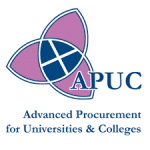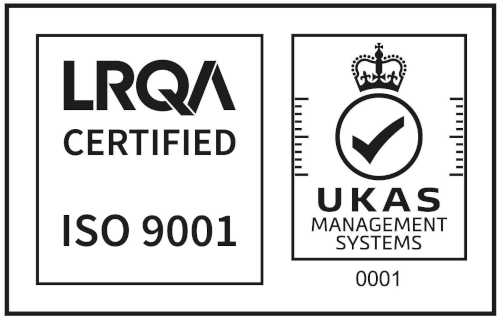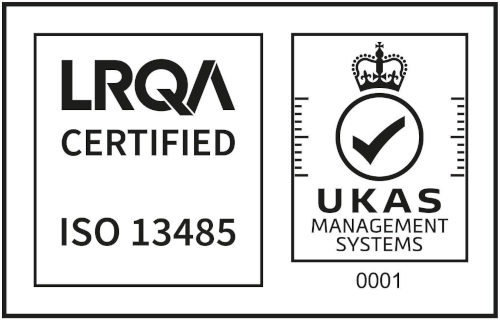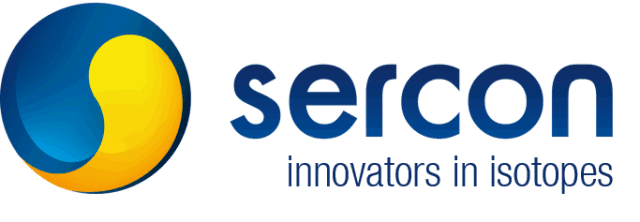Science is all about moving forwards, so why does backwards compatibility really matter to the scientific community?
Backward Compatibility and Why it Matters
As researchers continue to push the barriers of known science, Sercon continues to incrementally develop instruments, software and consumables ranges to both enable and support the great strides in knowledge and understanding happening all the time.
Sercon also ensures that all developments are backwards compatible to permit all users of Sercon instruments to benefit from these developments and eradicating obsolescence.
So our focus is not just on the new; we are also committed to maintaining the existing user base of instruments through the expertise of our service and systems engineering teams, and we are the only company in our space that continues to support and provide upgrades for instrumentation over 20 years old, on a global basis.
Installation and Service Manager, Simon Moseley, explains the benefits of backwards compatibility in more detail:
“The primary advantage is maintaining compatibility with existing hardware and software configurations. Our users can upgrade their instruments without needing to replace the entire system, saving both time and money – upgrading instruments without requiring a complete overhaul of the system is generally more cost-effective and extends the lifespan of their equipment,” he began. “Backward compatibility reduces downtime and disruption during this upgrade process. Users can continue using their current systems while gradually implementing the upgrades.”
“Backward compatibility also provides flexibility for users who may have invested heavily in a particular instrument or technology. They can adopt new features at their own pace without feeling pressured to upgrade everything at once, Simon continued. “Instruments with backward compatibility are likely to have a longer lifespan because users can incrementally upgrade components to meet evolving requirements, plus users are more willing to adopt upgrades if they know that their existing investments are protected.”
Perhaps most importantly, Simon concluded, is that backward compatibility facilitates scalability, enabling users to scale up their systems gradually. “This is especially important in fields where budgets and resources for upgrades may be limited, and where Sercon’s approach allows customers with smaller budgets to continue to invest in their instruments.”
We asked independent Stable Isotope and IRMS Consultant, Christopher Brodie, who previously purchased instrumentation with Sercon and has experience of our upgrade process, to comment on the experience:
““I’ll be back” is quite an apt phrase here: out with the old Europa, returning as a HS2022! I have previously had the opportunity to evaluate and recommend the purchase of Isotope Ratio Mass Spectrometry (IRMS) systems in a multi-vendor situation. During the system evaluation process, the possibility of upgrading an existing 1990’s Europa Isotope Ratio MS owned by the laboratory to the latest Sercon HS2022 Isotope Ratio MS was presented, alongside the proposal of new system acquisitions. To my knowledge, the upgrade pathway offered by Sercon is a unique offering in the industry that has noteworthy business considerations on investment, vectoring the old analytical performance to the new, and reducing the environmental footprint from production: the return-on-investment and system productivity proposition comparable to a new system acquisition was quite different and appealing. I appreciated the reduced environmental impact of the upgrade approach, which added further value. The Sercon team took care of the logistics, from site collection through to re-install and demonstrating performance.”
Director Garry Armstrong agrees: “Backward compatible upgrades often involve updates to both hardware and software/firmware components. This ensures that the new features are integrated with the existing operating systems and applications and is key to Sercon’s high levels of customer satisfaction – users appreciate manufacturers who consider the long-term usability and value of their products.”




